Behind the Scene: How Plus Size Formal Dresses are Designed and Constructed
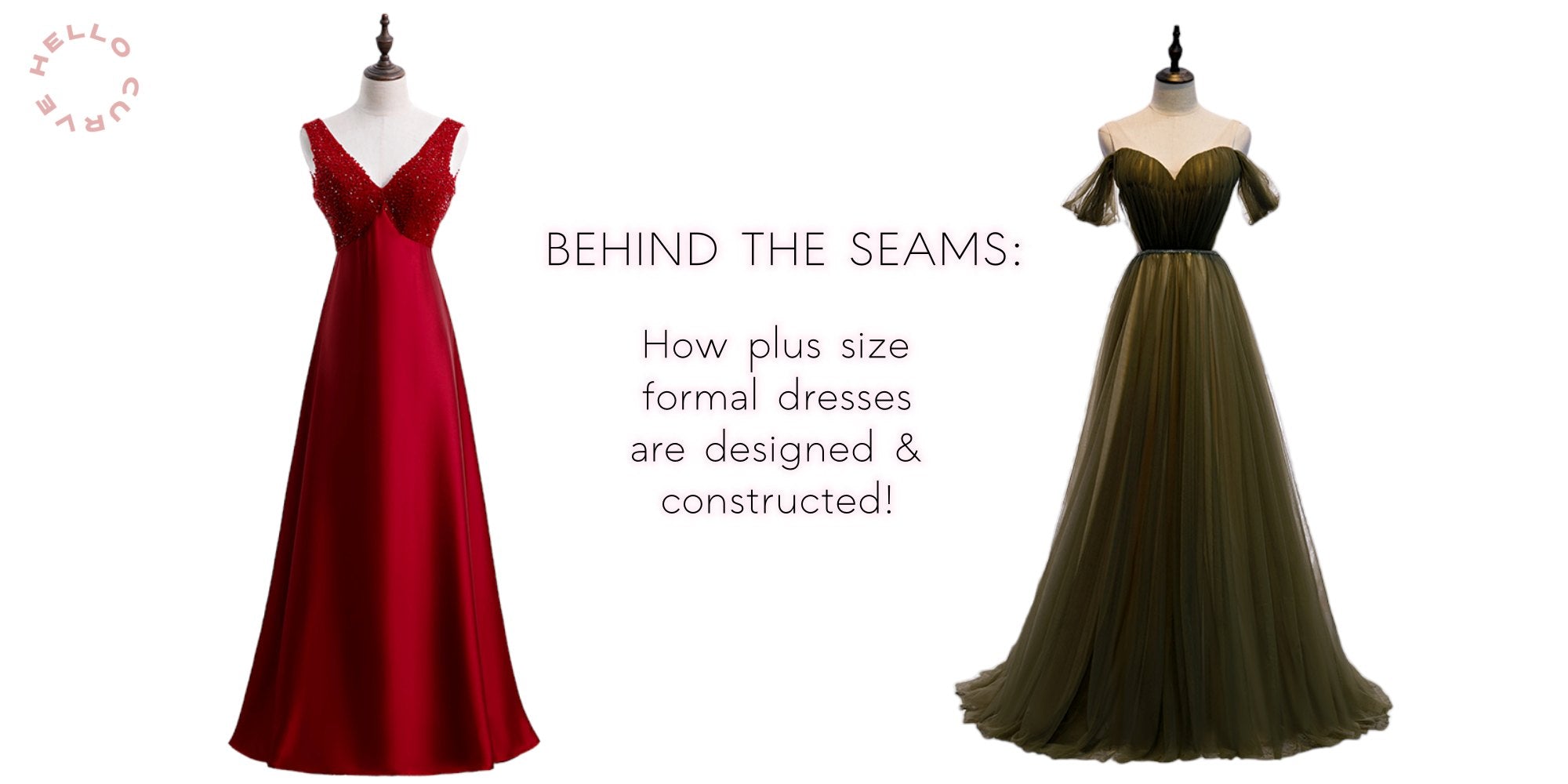
In the world of fashion, every garment tells a story. From the initial spark of inspiration to the final stitch, each piece undergoes a journey of creation that requires skill, precision, and an understanding of the wearer's needs. Plus-size formal dresses are no exception. These garments are designed and constructed with meticulous attention to detail to ensure they flatter and celebrate the diverse bodies of their wearers. In this comprehensive exploration, we will take a deep dive into the intricate process behind the seams of plus-size formal dresses, uncovering the techniques, considerations, and innovations that shape their creation.
Understanding the Plus Size Body

Designing for plus-size individuals requires an in-depth understanding of diverse body shapes, proportions, and fit challenges. Unlike standard sizing, which often follows a one-size-fits-all approach, plus-size garments must cater to a wide range of body types, from pear-shaped to apple-shaped, hourglass to rectangle. Each body shape presents its own set of fit challenges, from differences in waist-to-hip ratio to variations in bust size and arm circumference. Designers must navigate these complexities with sensitivity and expertise to create garments that enhance natural curves and proportions while providing comfort and confidence to the wearer.
Pattern Making and Draping Techniques
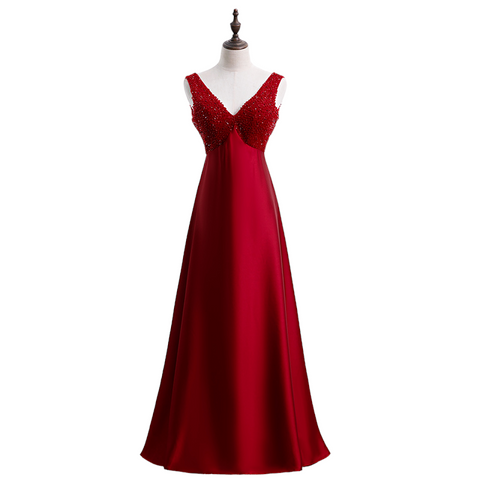
At the heart of garment construction lies pattern making, a meticulous process that involves translating design concepts into precise templates for cutting fabric. For plus-size formal dresses, pattern making takes on added complexity as designers must create custom patterns that accommodate the unique proportions of plus size bodies. This often involves adapting standardized size charts to ensure a flattering and comfortable fit across a range of sizes.
Draping, another essential technique in the design process, allows designers to visualize how fabric will fall and drape on the body. By draping fabric directly onto dress forms, designers can experiment with different silhouettes, neckline shapes, and sleeve styles, making adjustments in real-time to achieve the desired look and fit. Draping is particularly valuable for plus-size garments, where the interplay of fabric and silhouette can significantly impact the overall appearance and comfort of the dress.
Fabric Selection and Construction Techniques

The choice of fabric is paramount in the design and construction of plus-size formal dresses. Lightweight, fluid fabrics such as chiffon, satin, and silk are often favored for their ability to drape gracefully over curves, creating a flattering and elegant silhouette. Additionally, designers may opt for fabrics with stretch properties to provide ease of movement and ensure a comfortable fit.
Supportive structures, such as boning, corsetry, and built-in bras, are commonly incorporated into plus-size formal dresses to provide structure and shape to the garment. These elements help to create a smooth, streamlined silhouette while offering support and confidence to the wearer. Seam placement is also carefully considered to ensure optimal fit and comfort, with techniques such as flat-felled seams, French seams, and serged edges used to prevent irritation and provide a clean, professional finish.
Considerations for Comfort and Mobility
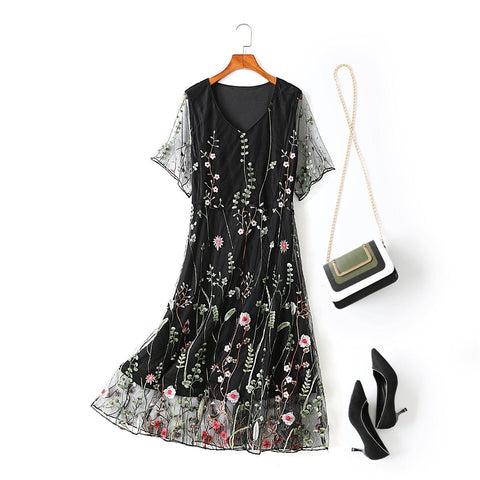
In addition to fit and aesthetics, comfort and mobility are crucial considerations in the design of plus-size formal dresses. Designs must allow for ease of movement, particularly in styles with fitted bodices or restrictive silhouettes. Designers may incorporate strategic pleats, gathers, and panels to provide ample room for mobility without compromising on style. Comfortable construction techniques, such as reinforced seams, stretch fabrics, and adjustable closures, ensure that the garment feels comfortable and wearable throughout the event, allowing the wearer to move with confidence and ease.
Embracing Innovation and Technology
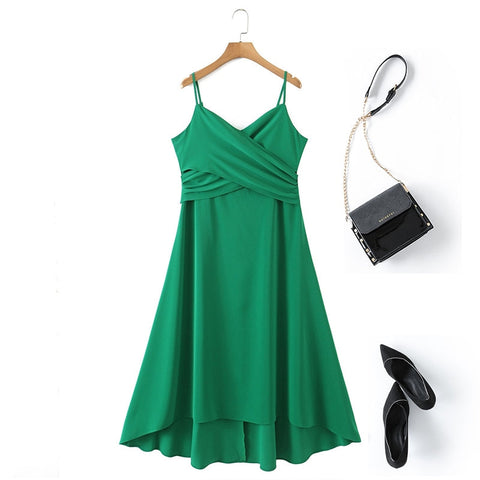
Advancements in technology have revolutionized the design and construction of plus-size formal dresses, offering new tools and techniques to enhance fit, comfort, and style. 3D body scanning, for example, provides designers with precise measurements of the body, allowing for more accurate pattern making and customization. Virtual prototyping allows designers to visualize and test garment designs digitally, reducing the need for physical samples and streamlining the design process.
Conclusion
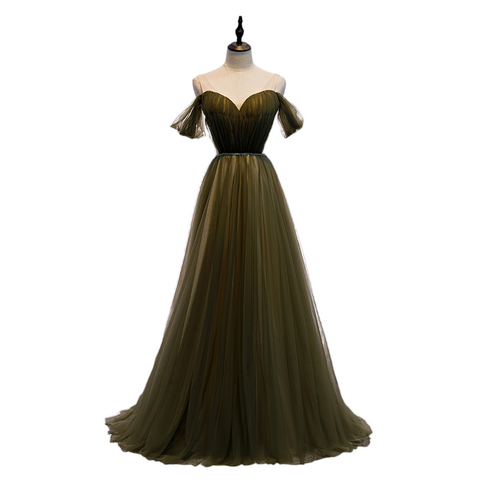
In conclusion, the design and construction of plus-size formal dresses are a testament to the creativity, skill, and dedication of fashion designers. Through precision pattern making, thoughtful fabric selection, and innovative construction techniques, designers create garments that celebrate and flatter diverse body types. By embracing technology and prioritizing comfort and fit, designers pave the way for a more inclusive and empowering future in fashion. Behind every seam lies a story of craftsmanship and ingenuity, shaping the way we perceive and experience formal wear for generations to come.

